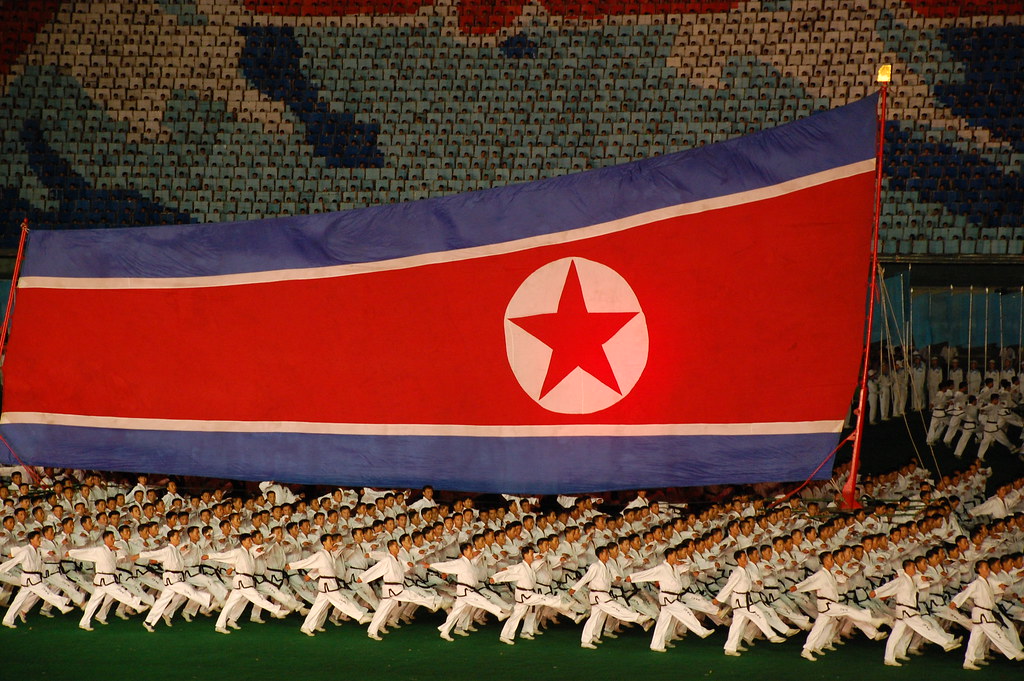
North Korea revealed on Wednesday that the three ballistic missiles launched the day before were part of a mock nuclear attack on the planned U.S. missile defense network in South Korea.
On Tuesday, North Korea launched three missiles (two short range missiles capable of striking anywhere in South Korea and a mid-range missile capable of hitting Japan). According to a South Korean officials, the two short range missiles flew 500 kilometers and 600 kilometers before crashing into the sea off North Korea’s east coast.
The flight path of the mid-range missile is still being examined.
According to North Korea’s official Korean Central News Agency (KCNA), the launches were a part of a drill, overseen by Kim Jong-Un, which rehearsed “making preemptive strikes at ports and airfields in the operational theater in South Korea, where the U.S. imperialist’s nuclear war hardware is to be hurled.”
“Kim Jong-Un expressed great satisfaction over the successful drill,” the KCNA reported, which “examined the operational features of the detonating devices of the nuclear warheads mounted on the ballistic rockets at the designated altitude over the target area.”
It is unclear whether North Korea actually has the technology that it boasts about having. The country claims that it has completed the difficult process of creating nuclear warheads small enough to be mounted on a missile to be launched. Although most analysts believe that they do not yet possess that deadly capability, it may just be a matter of time until they do.
Han Min-koo, South Korea's defense minister, believes that this missile launch constitutes a “sort of protest” against the planned deployment of the U.S. terminal high-altitude area defense (THAAD) network in South Korea. It is expected to be fully operational by the end of 2017.
South Korea and the United States agreed to deploy the THAAD network after North Korea continued to ignore both sanctions and warning and conducted a nuclear test in January, and then a string of missile tests over the last couple of months.
Due to the isolationist nature of North Korea, not much is known about their technology or intentions. It is estimated that they possess less than 15 nuclear warheads, and that their technology is lagging far behind the rest of the world. There are still about 28,500 American troops stationed in the southern part of the Korean peninsula as a result of the 1950-1953 Korean War.
